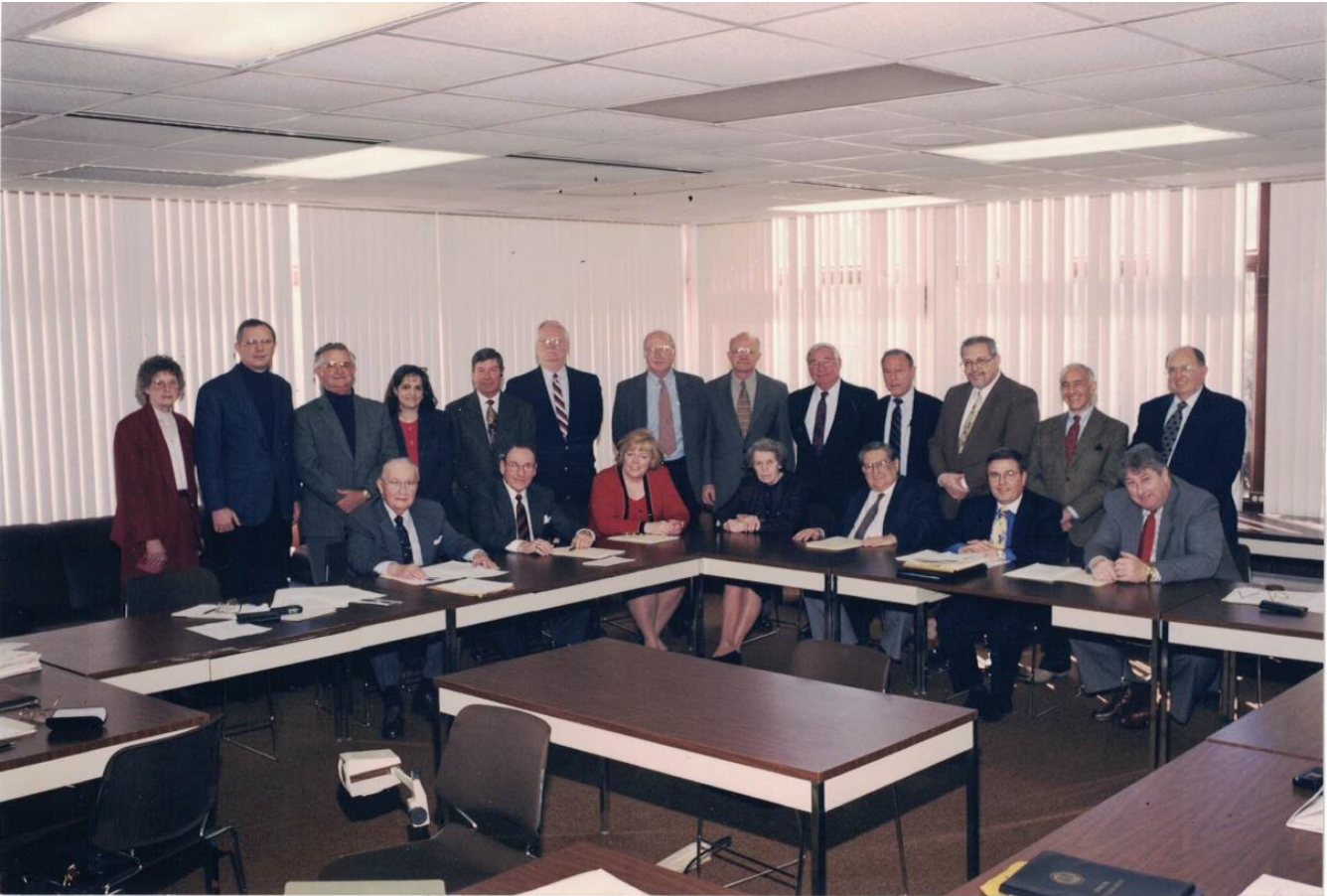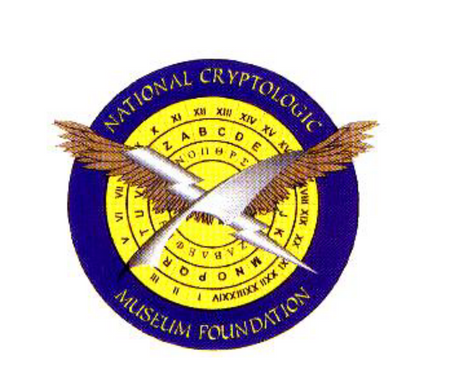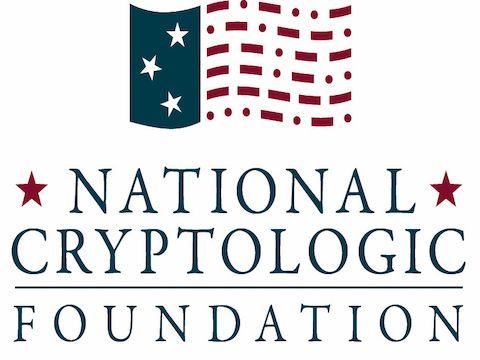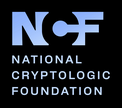Remembering Our Beginnings....
In 1996, with the endorsement of then NSA Director, Lt. Gen. Ken Minihan, Maj. Gen. John E. Morrison Jr. founded the National Cryptologic Museum Foundation (NCMF) in the former SASA office in National Business Park, Annapolis Junction, MD.
In 1997, Maj. Gen. Morrison arranged to have the office co-located with the Museum in the old Colony 7 Motel - see photo.
You can also learn more about the Foundation's start on our History page.

The Colony 7 Motel at Ft. Meade which became the home of the National Cryptologic Museum in 1993.
At first, Museum space was cramped, and MG Morrison occupied one desk in the curator’s office. But in 1998, the Museum library was moved to a larger space, and the Foundation took over its former office.
Retired colleagues of General Morrison’s formed the nucleus of the Foundation’s first board. These volunteers included Bob Rich, John Callahan, Guy Stephens, Joe Amato, Gene Becker, Milt Zaslow, and Bill Kvetkas. Later they were joined by the first women on the board, Ann Caracristi and Lee Hanna.
The picture below is one of the first expanded board meetings, held in the Museum's Magic Room circa 1998, and includes Directors, Officers, Executive Committee Chairs, NCMF Staff, and NSA representatives, Jack Ingram, Dave Hatch, and Jane Hudgins. See full list of those included in the photo below.

At the Table: Maj. Gen. John E. Morrison, Jr., President & Chairman of the Board; Robert Rich, BOD Director & Executive Vice President; Lee Ellen Hanna, BOD Director & Development Committee Co-Chair; Ann Caracristi, BOD Director; Milton Zaslow, Recognition Committee Chairman; Capt Fred Demech, USN (Ret), Public Affairs Chairman; and Fred Berghoff, committee member.
Standing: Beth Turner, Foundation Administrator; Jack Ingram, Museum Curator; James Boone, Acquisition Chair; Jane Hudgins, NSA Public Affairs; John Callahan, Treasurer; David Gaddy, BOD Director & LINK Editor; Len Moodispaw, General Counsel; Lt. Gen.James Clapper, Consultant; Joe Amato, BOD Director; Gene Becker, (Assistant to the President & Chairman); David Hatch, NSA Historian; David Kahn, BOD Director; William Arrington, Budget/Finance Officer
* Not Pictured: Bill Kvetkas, Treasurer; Jim Pryde, BOD Director; Dr. Robert Hermann, BOD Director; ADM William Studeman, BOD Director
The Original Logo
The first Foundation logo, designed by the NSA Graphics Department and the NCMF Board of Directors in 1998, featured a lightning bolt, quill and cipher wheel, and was a composite of military intelligence insignias and cryptology.

The Current Logo
Curious about the dots and dashes in our current logo? If you guessed they are related to Morse Code - you are on the right track. Click the button below to learn more about the logo,.

The First Volunteers
Lt. Gen. Lincoln D. Faurer, USAF (Ret) former DIRNSA and second chairman of the NCMF Board of Directors, once remarked that it was insufficient to just say “thank you” to the cadre of volunteers that were the mainstay of the Foundation during its startup phase.
The original group of five who founded and chartered the organization, were former NSA retirees and senior officials, Major Gen. John E. Morrison, Jr., USAF (Ret), the Father of NSOC and the Deputy Director of NSA Operations; Bob Rich, former NSA Deputy Director; Milt Zaslow, former Chief of B Group; Jim Boone, former Deputy Director of R&D; and Bill Kvetkas, lawyer, CPA, and former programming and budget executive at NSA. They jointly foresaw the Museum as a future world-class institution due to three major development trends:
1 – They had witnessed the declassification and release of volumes of material, and saw an opportunity to make it available under one roof in a major research and study center,
2 - They believed the Museum served an important role in helping Intelligence professionals gain insights and lessons from past NSA successes and failures; and
3 – In the past decade, there had been an increasing public interest in cryptographic techniques.
These visionaries spent their careers in cryptologic service. A few had worked together since Arlington Hall Station, sharing in the exciting cryptologic successes of WWII. In addition, they had all worked in the Signals Intelligence and Information Assurance services during events such as the Suez Canal and Cuban missile crises, the capture of the USS Pueblo, and the EC-121 shootdown by North Korea during the Cold War. They had one common goal - to showcase NSA’s SIGINT, INFOSEC, ELINT, FISINT, and TELINT capabilities and their real-time value in times of crises like these.
Their work was tireless and their enthusiasm contagious.
In April 1996, they chartered the NCMF as a non-profit organization to support the Museum. By November, the first Board of Directors and executive committee chairmen for Acquisitions, Membership, Finance & Audit, Fund Raising, and Programs were nominated, and Bob Rich was selected as the Vice President and coordinator for the Executive Action Group.
One of the first achievements of this initial Board and Executive Committee leadership was the establishment of the Cryptologic Hall of Honor to pay special tribute to the pioneers of cryptology. This prestigious program was subsequently adopted by NSA in 1999 as the NSA/CSS Cryptologic Hall of Honor.
Jim Boone was the scholar among this group of pioneers, and the catalyst for a bigger and better space to maximize the new trends in cryptologic techniques and the rapidly changing field of computer technology. He used his close ties with the University of Maryland's School of Architecture to commission the first construction plans for a new building.
In mid-1999, the Foundation submitted a proposal to NSA entitled, “Moving Toward a World-Class Museum.” Following its review, the NSA created a Senior Museum Steering Group to work with the NCMF Board of Directors to begin the serious planning of building a new National Cryptologic Museum. Frustrated by the slow moving gears of government, Jim left the team in 2002 to author a book entitled A Brief History of Cryptology. Prior to publication, he signed a contract with his publisher, the U.S. Naval Institute, to have all royalties donated to the Foundation.
In 2016, an agreement was reached with SECDEF to design, build, and operate the new Cyber Center for Education and Innovation, Home of the National Cryptologic Museum. The world-class center will include a revitalized museum, a research and rare books library, classrooms, and a conference center. In keeping with the Founding Fathers’ vision, it will provide unprecedented opportunities to share insights and knowledge to meet the nation’s critical need for next-generation cybersecurity.


